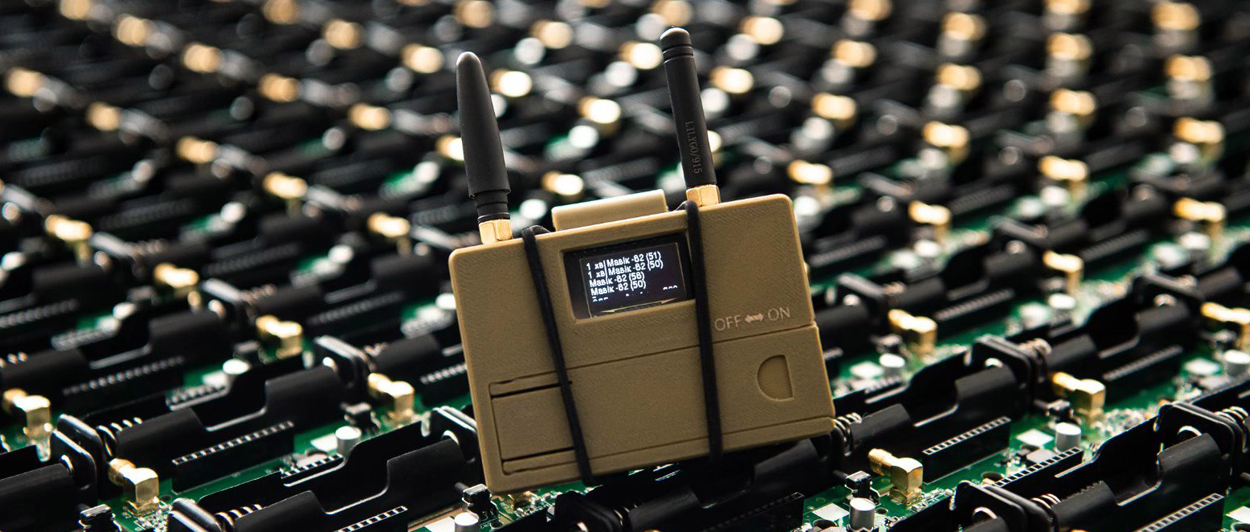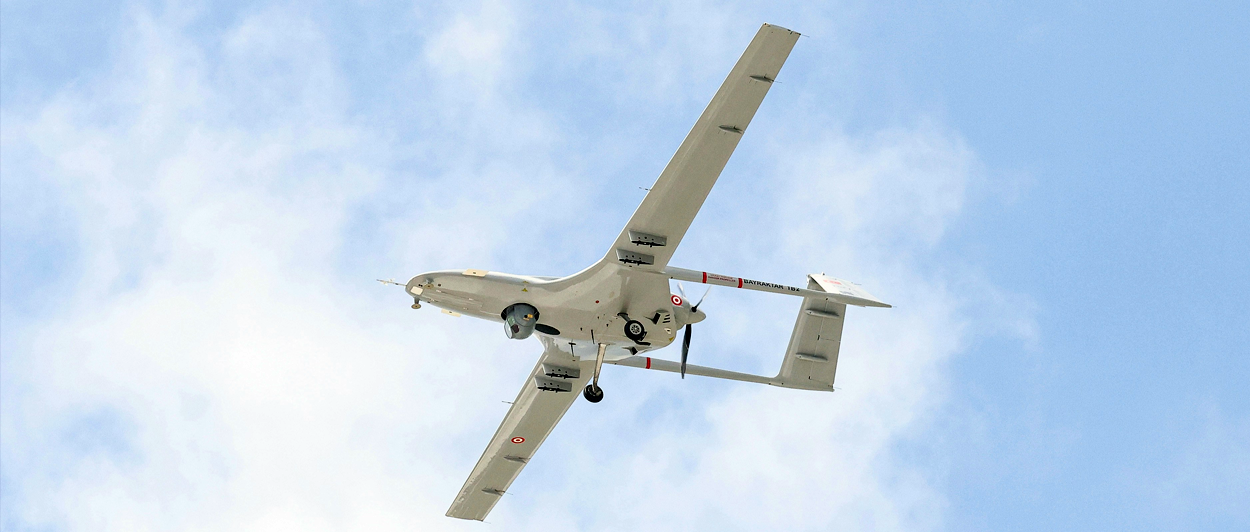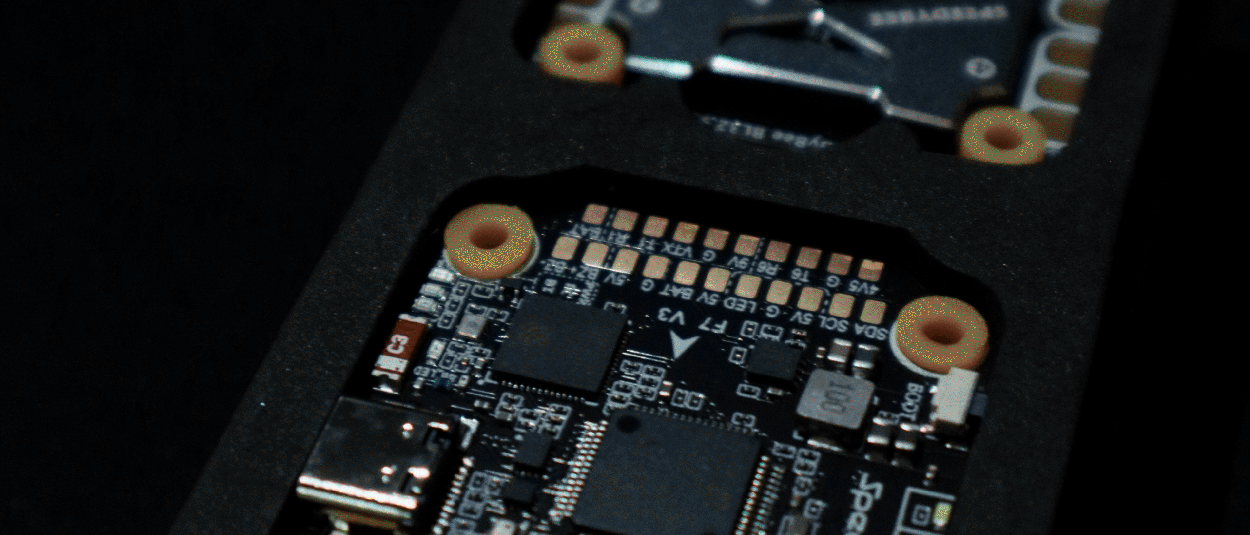
What’s an Airflow Sensor and Why It’s a Big Deal in UAV Safety?
Airflow sensors may not get much attention. But when it comes to staying airborne in unpredictable conditions, they’re one of the most important components on the drone. And you’d be glad to have that tech on board when the GPS signal goes down.
Learn how airflow sensors work and where they make the biggest impact in keeping UAVs safe and steady.
What Is an Airflow Sensor?
An airflow vector sensor tells your drone how the wind is behaving around it, e.g., how fast it’s blowing and from which direction. Mounted near the front of the airframe, it tracks airspeed, angle of attack, and sideslip, and passes the data on to keep the drone steady and responsive, regardless of the flight conditions.
There are plenty of different types of airflow sensors on the market:
- Static pilot tubes measure the difference between dynamic and static air pressure to calculate airspeed and airflow direction.
- Hot-wire anemometers detect changes in airflow by measuring heat loss from heated wires exposed to wind. Other anemometers use omnidirectional hot ball probes for assessing airflow induced by drone rotors.
- Ultrasonic anemometers time how fast sound waves travel between sensors to determine wind speed and direction. Because there are no moving parts to wear out, these have a good service life.
- MEMS differential pressure sensors determine airspeed by comparing pressure from two different points on the drone’s body, usually via a tiny onboard chip. They’re lightweight, fast, and power-efficient, which makes them a smart fit for compact drones with limited battery lifespan.
In each case, the drone takes that airspeed data and blends it with inputs from its IMU to give you a cleaner picture of how it’s moving and what it would take to keep it on track.
Why Drones Need Airflow Sensors
If you’re planning to fly beyond visual line of sight (or anywhere with unreliable GPS), an airflow sensor gives you a huge advantage. It supplies real-time data drones need to stay balanced, fly straight, and make it home, even when visibility drops or satellite signals cut out.
Thanks to airflow data, drone pilots can:
- Stay stable in turbulent air. With real-time crosswinds, gusts, and airflow disruptions, you can correct orientation and hold course even through the wildest tempest.
- Reduce stall and drift. Angle of attack and sideslip monitoring help avoid flight envelope violations during sharp maneuvers or slow-speed loitering, for example, during UAV mapping or border patrol missions.
- Achieve smarter autonomy. Airflow data can be meshed with other INS readings and used to train AI flight algorithms for automated take-off, hovering, return-to-launch, and even full flight route execution.
Effectively, airflow provides real-time feedback on the environmental conditions, helping you maintain flight stability and accurate positioning where other sensors fall short.
Sample Use Cases for Airflow Sensors
- Tactical ISR: In GPS-contested airspace, airflow data helps drones hover precisely and adjust for wind shifts that could compromise surveillance angles.
- Search & Rescue: Inside collapsed structures or narrow valleys, real-time airflow sensing keeps UAVs from drifting or crashing due to unexpected turbulence.
- Maritime and Desert Ops: With no visual landmarks and unreliable GNSS, airflow data combined with INS ensures orientation and controlled navigation over water, sand, or snow.
Airflow Sensors vs GPS Reliance: A Game Changer
Most drones rely heavily on GPS for navigation, but that’s not always a safe bet. GPS spoofers can be bought at online marketplaces, and signal jamming has become a common occurrence far away from the active conflict zones. Not to mention the general signal unavailability in remote zones or near high-EMI equipment. When the signal is down, a drone without a backup plan is just expensive hardware waiting to drift off course.
At Bavovna, we’ve been building drone navigation solutions to compensate for these shortcomings. Our new 360-degree airflow sensor provides airspeed data with an accuracy of ±2% and wind vector measurement within ±5 degrees. When paired with data from an inertial navigation system (INS), they give the drone the ability to “feel” its way through the air, measuring how fast it’s flying, how it’s tilted, and whether it’s being pushed off course.
And our complementary solutions, like our hybrid INS navigation kit and AirTower Mode, help you turn sensor readings into reliable navigation without any reliance on maps or GPS.



